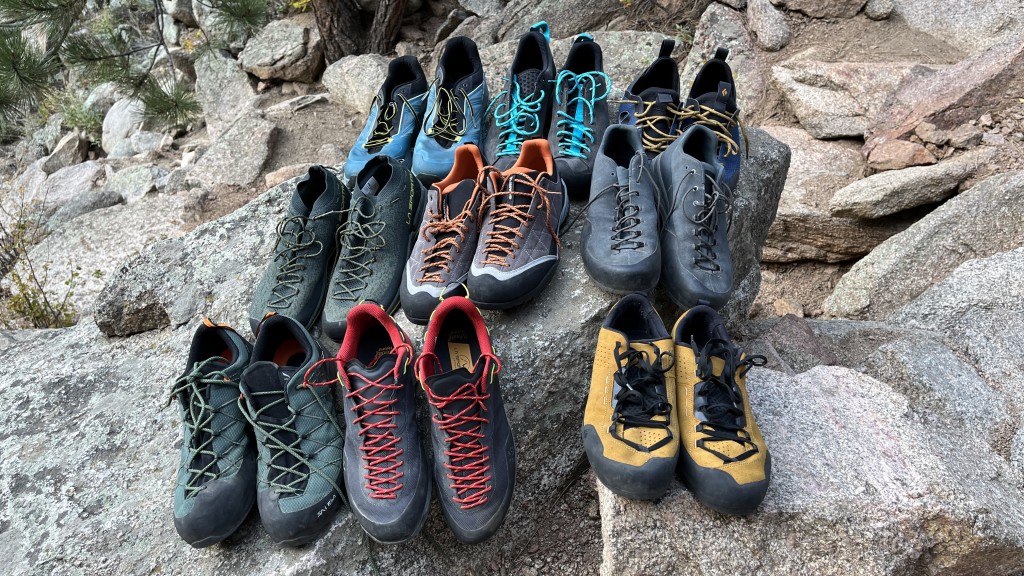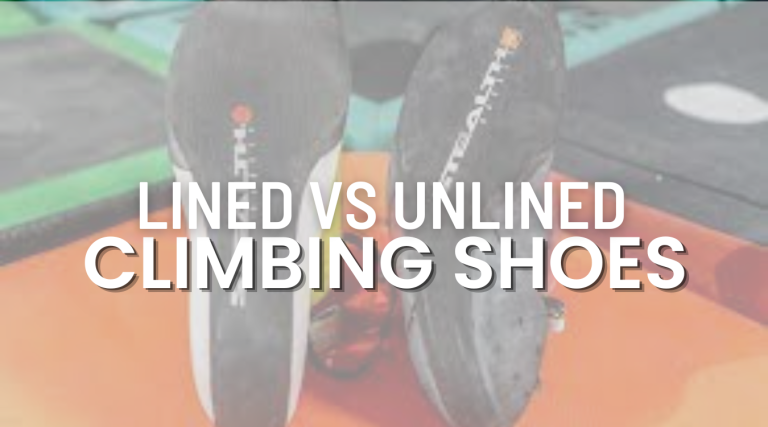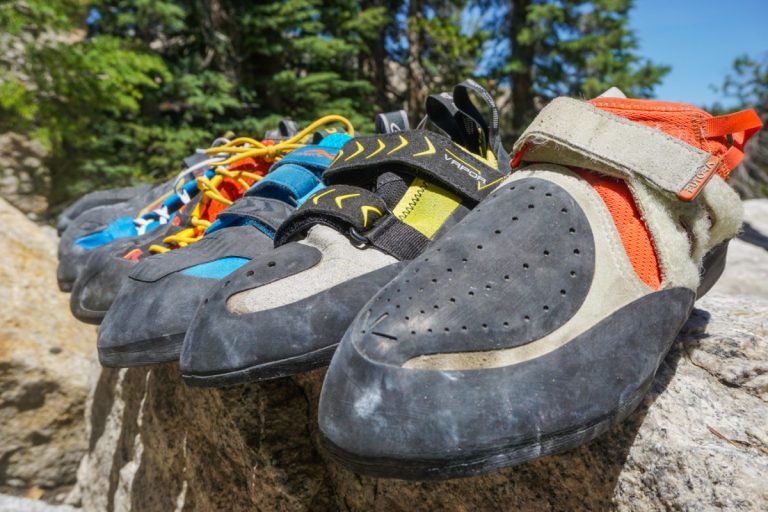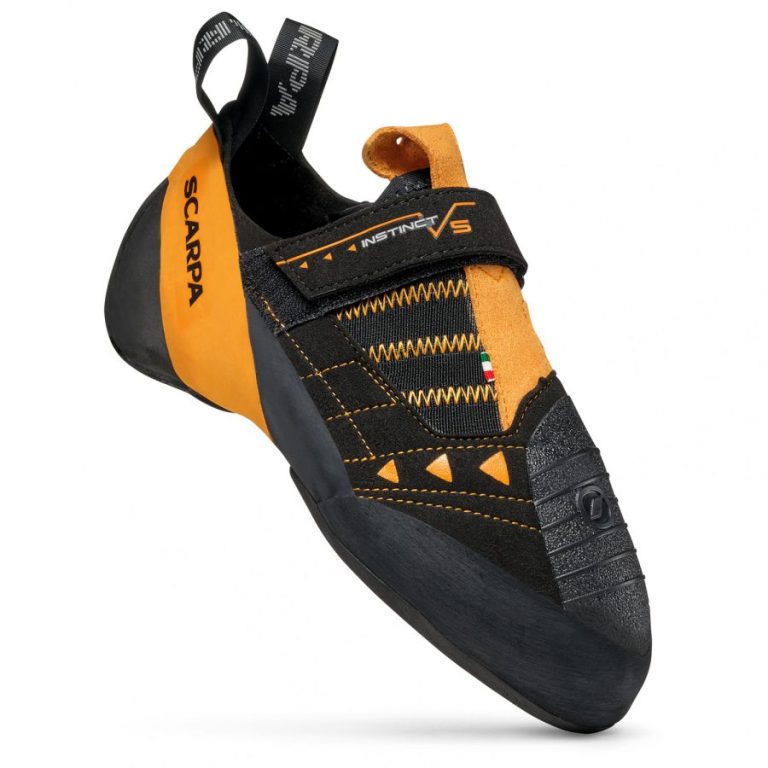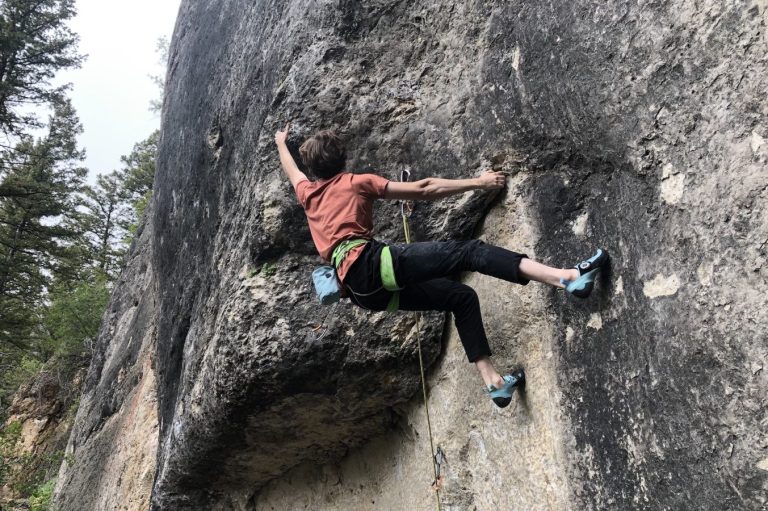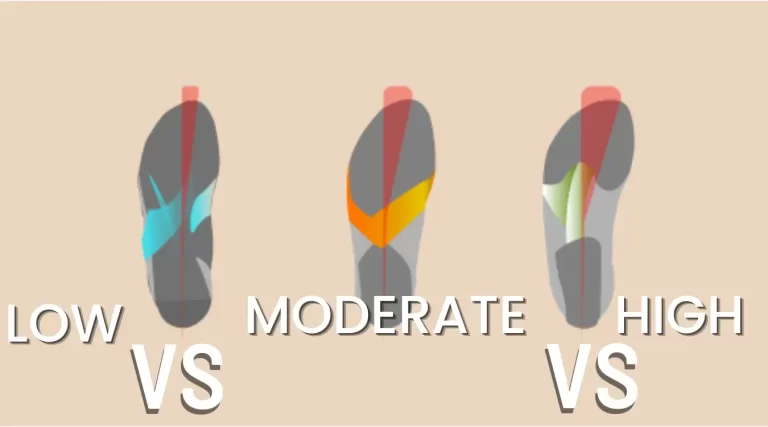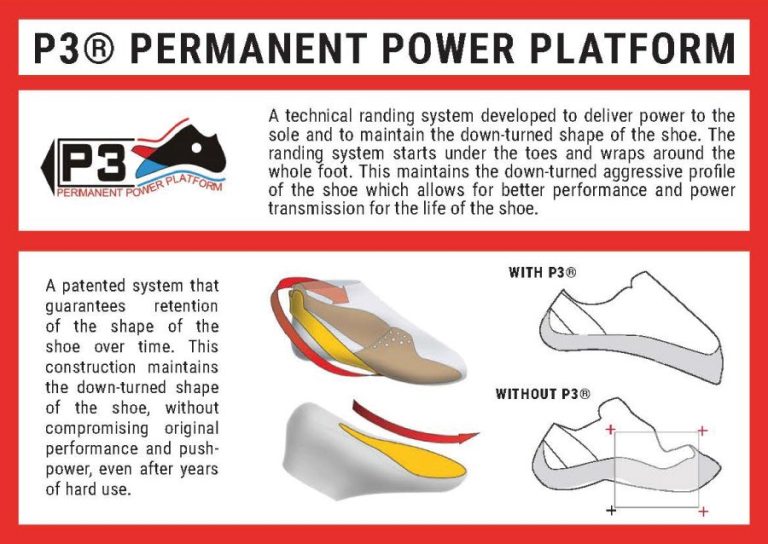Choosing the Best Approach Shoes for Your Climbing Adventures
When it comes to climbing, we often focus on the gear required for the ascent – rock shoes, harness, rope, and more. However, we tend to overlook what’s equally crucial: the right pair of approach shoes. These shoes play a vital role in getting you to the base of your climb safely and efficiently. In this article, we’ll explore the key aspects of approach shoes, helping you understand the materials, sizing, and care needed to make the most out of them.
The Anatomy of Approach Shoes
Before you invest in a pair of approach shoes, it’s essential to understand the various components that make up these specialized footwear.
Outsole
The outsole is the bottom of the shoe that comes in direct contact with the ground. It features lugs, which are the knobs on the sole that provide traction on trails. Some approach shoes have a shallow dot pattern on the outsole, enhancing their grip on rocky surfaces, particularly slabs.
Midsole
The midsole serves as the primary shock absorber, reducing the impact on your feet while walking on uneven terrain. Approach shoes commonly use two materials for midsoles: polyurethane foam (PU) and ethylene vinyl acetate foam (EVA). PU is denser and more durable, while EVA is lighter and provides extra cushioning.
Drop
The drop refers to the difference in stack height between the heel and forefoot. A smaller drop makes the shoe more minimalist and closer to the ground, enhancing precision and stability during technical approaches. Traditional hiking boots have a higher drop, offering more cushioning for heavier loads.
Forefoot Plate
The forefoot plate, typically made of higher-density foam or plastic, adds extra support and protection to the ball of your foot, crucial for rocky terrains.
Heel Wedge
This midsole component, often composed of softer foam, absorbs impact during heel strikes, ensuring a comfortable experience while walking.
Upper
The upper is the top part of the shoe that provides support and protection to your feet. It can be made from various materials like synthetic fabric, leather, mesh, or a combination of these. The choice of upper material affects factors such as water resistance, breathability, and insulation.
Footbed
Also known as the insole, the footbed sits directly beneath your foot and provides comfort and support. You can customize your shoe’s fit and support by opting for aftermarket insoles, which are particularly useful if you need additional arch support.
Choosing the Right Size
While it’s easy to get caught up in the climbing aspects of approach shoes, remember that you’ll likely spend more time hiking in them than climbing. When sizing your approach shoes, aim for moderate comfort during a five-mile hike. This ensures that you can still tighten the laces for a snug fit when you transition to climbing. Your toes should have some room in the shoe, but they shouldn’t feel cramped.
Extending the Lifespan of Your Approach Shoes
One common durability issue with approach shoes is delamination, which occurs when the glue holding the outsole and midsole together breaks down. To prevent this, avoid exposing your shoes to excessive heat, such as leaving them in a hot car or direct sunlight. Additionally, refrain from placing your shoes near a campfire or using heat to dry them. If you notice early delamination issues, contact the manufacturer for repair or replacement options.
Our Top Picks for Approach Shoes
Now that you have a better understanding of what makes a great approach shoe let’s explore some of our top picks:
1. La Sportiva TX Guide
The La Sportiva TX Guide is a fantastic choice for those seeking precision and comfort. These shoes strike a balance between a supportive hiker and a climbing shoe. They offer stiffness through the midsole, complemented by a cushioned heel for shock absorption. Whether you’re navigating rocky terrain or traversing flats, the TX Guide provides stability and comfort. Price: $159
2. Black Diamond Tag LT
Surprisingly comfortable for a lightweight option, the Tag LT approach shoe offers slipper-like comfort and midsole support. Its sticky sole excels on scrambling terrain, and its compact design makes it easy to stow on your harness. This shoe combines weight, performance, and packability seamlessly. Price: $135
3. Scarpa Gecko
Scarpa’s Gecko approach shoe is designed for technical climbing. Its soft, intuitive feel allows for precise movements on small footholds. The sticky rand and toecaps provide stability in cracks, while forefoot flex makes smearing a breeze. The full-foot lacing system ensures a secure fit. Price: $149
4. Butora Icarus
The Butora Icarus combines durability with style. Ideal for alpine bouldering and approaches mixed with urban settings, these shoes offer ample edging power. The NEO Zone flat climbing surface enhances your climbing experience. Price: $129
5. Five Ten Five Tennie
Back after a hiatus, the Five Tennie features supple leather uppers and a lace closure that extends over the ankle. The EVA midsole and sticky sole provide confidence and efficiency for technical approaches. The gusseted, stretchy mesh tongue keeps debris out, making it a versatile choice. Price: $125
6. La Sportiva TX2
The La Sportiva TX2 excels in scrambling approaches and climbing up to 5.6 difficulty. Its knitted polyester upper offers a snug fit, while the Vibram Megagrip sole ensures reliable traction. This shoe is a great all-rounder for various climbing situations. Price: $125
7. Evolv Rebel
Available in leather and vegan versions, the Evolv Rebel is perfect for rocky trails, slabs, and technical terrains. The Trax Enduro sole and rubber toecap provide stability, while water-resistant lining keeps your feet dry. Despite its sleek profile, it offers ample support. Price: $115
In conclusion, choosing the right approach shoes is crucial for your climbing adventures. Consider the materials, sizing, and care instructions to make an informed decision. With the right pair of approach shoes, you can confidently tackle any approach, ensuring a safe and enjoyable climbing experience.
FAQs
- Can I use regular hiking shoes for approaching climbs? While it’s possible, approach shoes are specifically designed to provide the grip and precision needed for technical approaches, making them a better choice.
- How often should I replace my approach shoes? The lifespan of approach shoes varies based on usage, but inspect them regularly for signs of wear and delamination.
- Are approach shoes suitable for all types of climbing? Approach shoes are ideal for most climbing scenarios, including bouldering and sport climbing, but may not be suitable for more advanced alpine routes.
- Can I wash my approach shoes? Avoid machine washing; instead, clean them by wiping off dirt and grime with a damp cloth.
- Do approach shoes require a break-in period? Some approach shoes may need a brief break-in period to conform to your feet, but this varies between models.
